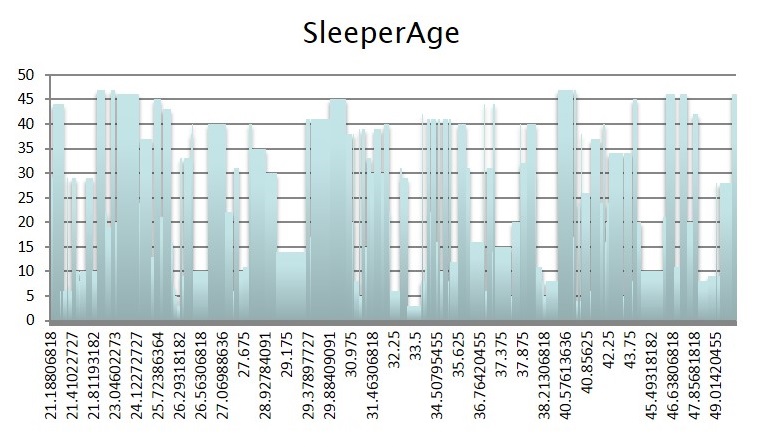Performance, Environmental and Economic Modelling
(Managed by Prof. John Preston)
Introduction
This Work Area will bring together the findings of the other five Work Areas to determine the extent to which the integration of improved procedures concerning railway foundations, ballast, noise and vibration and critical zones can enhance track system longevity, reduce costs, increase financial and social benefits, and improve environmental performance.
Objective
The key objective of this Work Area is to determine the comparative whole-life financial and energy (carbon) costs and benefits of the sub-base, ballast and track systems which have been developed elsewhere in the project.
Background
Whole life cost modelling for railway track systems in the UK is currently carried out using the VTISM software tool. This allows the cost implications of changes in maintenance regimes and interventions and in track condition to be quantified, and makes use of a range of railway industry datasets as inputs. The VTISM modelling framework makes use of a ‘Local Track Section Factor’ (LTSF) to account for underlying differences between track behaviour at different sites, allowing the model to produce results which reflect real-life track performance. VTISM should therefore allow the impact of newly-developed ballast and sleeper interventions on whole-life costs to be modelled. However, because VTISM is concerned primarily with the performance of the track system itself, it cannot capture potential cost impacts which occur beyond the boundaries of this system, and there is therefore a need to include such impacts in any comprehensive appraisal of ballast and sleeper interventions.
Performance and cost models have traditionally focused on operational issues: more recently there have been concerns about the life cycle energy (carbon) costs of transport. Chester and Horvath estimate that total life cycle energy inputs and greenhouse gas emissions contribute an additional 63% for road transport, 155% for rail (urban heavy and light rail) and 31% for air over point of use emissions. Two recent studies have investigated aspects of the life cycle costs of rail in the UK. Booz Allen and Hamilton estimate that taking into account construction adds about 35% to the CO2 emissions associated with operation. Network Rail estimate that the greenhouse gas emissions for new lines (measured in CO2eq per seat-km) can in 2007 be attributed 80% to train operations, 18% to infrastructure and only 1% to train production (reflecting relatively long asset lives and intense utilisation). However, given the proposed rates of decarbonisation of electricity generation over the period 2025 to 2055 and the adoption of more energy efficient rolling stock, the carbon footprint of operations will reduce dramatically. In this situation, for new lines 70% of greenhouse gas emissions may be attributed to infrastructure, 28% to train operations and 2% to train production. An important challenge is therefore to reduce the carbon footprint of railway construction and materials, including for the sub-base. Work undertaken for Network Rail indicates that net embedded greenhouse gas emissions in ballastless track are higher (by about 14%) than track with a ballast bed. The same report also notes that there are no estimates of embedded energy use and greenhouse gas emissions from rail track maintenance – a gap in knowledge that this research aims to fill.
